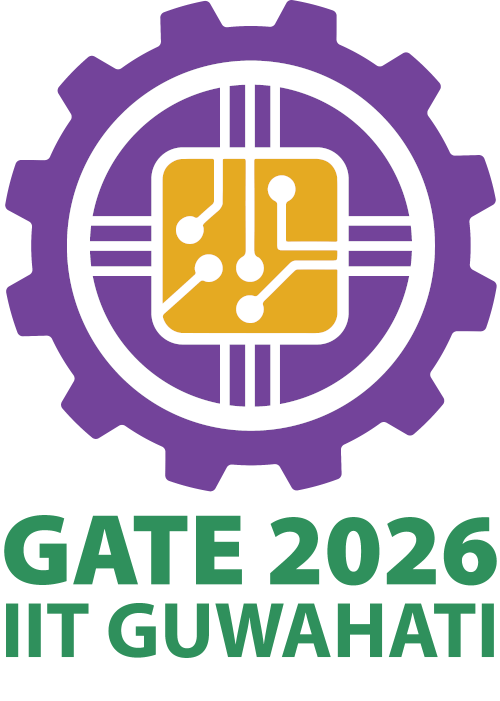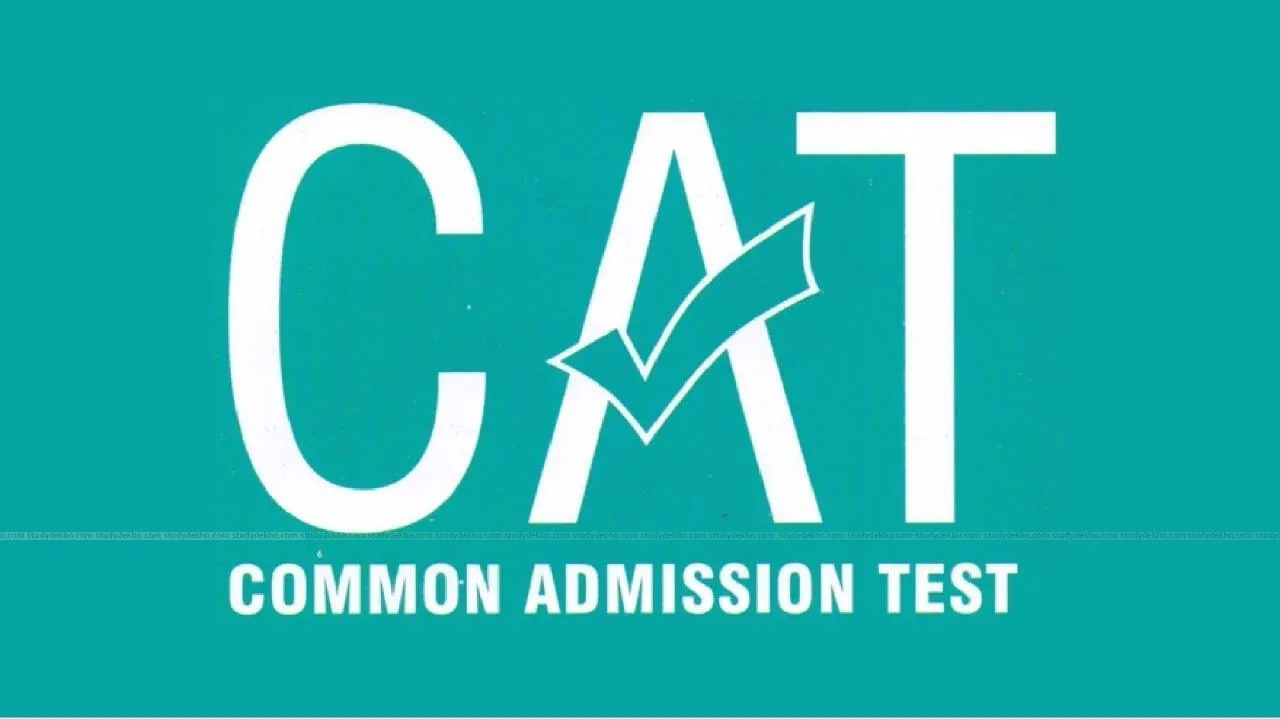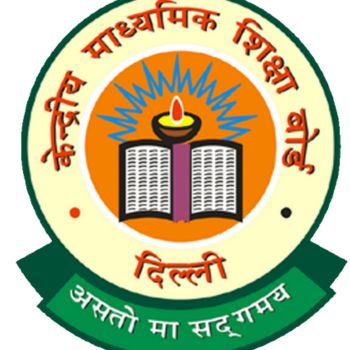It takes two years to get a Master of Occupational Therapy in Orthopaedics (MOT Orthopaedics) if you want to specialise in using occupational therapy to help people who have problems with their bones, joints, or muscles. People who want to help people get their mobility, freedom and quality of life back after accidents, treatments, or long-term conditions should choose this option. Students who get a MOT in orthopaedics can work as expert occupational therapists in hospitals, rehab centres, clinics, or even on their own.
Any student who wants to take the MOT Orthopaedics study must first get a Bachelor of Occupational Therapy (BOT) from a recognised college or university. The minimum grade point average needed to get into most colleges is 50%. Depending on the college, admission is based on either grades or tests. Some colleges have their own tests to get in, while others may accept numbers from tests given at the national or state level.
Course fees for MOT Orthopaedics vary from college to college and run from INR 70,000 to INR 2,000,000 per year. SRM Institute of Science and Technology and Santosh Institute Of Allied Health Sciences are two of the best colleges that offer this study.
Students who get a MOT in orthopaedics can go into a number of different fields. As an Orthopaedic Occupational Therapist, Rehabilitation Specialist, Therapy Consultant, or Clinical Coordinator, they can do their jobs. Jobs are available in orthopaedic hospitals, emergency centres, sports injury centres, rehab centres, and even in healthcare organisations that work with other countries. Some students also decide to go on to get more education, like a PhD in occupational therapy, or get ready for jobs in research and teaching.
Table of Contents
- MOT Orthopaedics Course Key Highlights
- What is a MOT Orthopaedics?
- Why Study a MOT Orthopaedics?
- Who should study for a MOT Orthopaedics?
- MOT Orthopaedics Course Eligibility Criteria
- MOT Orthopaedics Entrance Exams 2025
- MOT Orthopaedics Colleges in India
- MOT Orthopaedics Admission Process 2025
- MOT Orthopaedics Syllabus
- MOT Orthopaedics Job Opportunities in India
- MOT Orthopaedics FAQs
MOT Orthopaedics Course Key Highlights
Below are the key highlights of the MOT Orthopaedics course in India:
What is a MOT Orthopaedics?
People who want to help others get better from accidents, deal with pain and regain their freedom should consider getting the Master of Occupational Therapy in Orthopaedics (MOT Orthopaedics). For people who already know some about occupational therapy and want to specialise in taking care of bones, joints and muscles this two-year postgraduate degree is for them.
Students learn more about advanced problems such as fractures, arthritis, spinal accidents, getting better after surgery, and other musculoskeletal conditions in this course. In physical rehabilitation, patient care, treatment planning and clinical review, they get better at what they do. In addition, they learn about orthopaedic structure, therapeutic methods, assistive devices and how to make treatment plans that are unique to each patient, and their needs.
Why Study a MOT Orthopaedics?
A Master of Occupational Therapy in Orthopaedics (MOT Orthopaedics) might be the next step for someone who wants to help people get better and move around more freely. It is about learning how to help people through injuries, pain and long-term problems with skill and confidence, not just basic care. This is why it might be a good choice:
- Occupational therapists who specialise in orthopaedics, rehab specialists, therapy consultants, or clinical managers are some of the jobs that students can get. It can also lead to jobs in hospitals, sports injury clinics, emergency centres, therapy centres or even healthcare settings in other countries.
- The most important parts of the colleges are the fieldwork, hands-on training, clinical postings, and jobs. These real life experiences help students feel more confident, and ready to deal with difficult patient needs and treatment situations.
- Advanced students learn about orthopaedic therapy, care after surgery, pain management, therapeutic techniques, and assistance devices, among other things. A lot of programs also include clinical evaluations, exercise treatment and planning care around the needs of the patient. These skills help students become strong, well-informed workers who can help patients get better and heal.
Who should study for a MOT Orthopaedics?
Someone with a Master of Occupational Therapy in Orthopaedics (MOT Orthopaedics) might be able to help people get better, become more independent and enjoy their daily lives. It works well for the below:
- People who have a Bachelor of Occupational Therapy (BOT) and want to focus in helping people with injuries to the spine, joints, or muscles such as fractures or arthritis.
- People who want to take on more focused roles in orthopaedic surgery, and are interested in therapy, improving their health and patient care.
- People who are gentle, aware, and really want to help people improve their movement, and function, especially those who have been hurt or have long-term physical limits.
- Anyone who wants to work in physical therapy offices, sports clinics, emergency rooms, rehabilitation centres or orthopaedic hospitals.
- The people who want to work as rehabilitation specialists, treatment managers, clinical therapists or occupational advisers for orthopaedics.
- Students who want to do study make therapy programs or use advanced methods to help people get their confidence and independence back in their daily lives.
MOT Orthopaedics Course Eligibility Criteria
To enroll in a MOT Orthopaedics, candidates have to meet some educational and admission requirements. Without fulfilling these criteria, it is not possible to enter the course. Mentioned below are the MOT Orthopaedics eligibility criteria:
- Completed 10+2 in any stream from a recognized board.
- Bachelor in Occupational Therapy or equivalent with minimum 50% aggregate marks.
MOT Orthopaedics Entrance Exams 2025
For pursuing a MOT Orthopaedics, various national/state/university-level entrance examinations are required to be taken. Colleges and Universities in India offer admission depending on the marks or rank obtained in these examinations.
MOT Orthopaedics Colleges in India
Various institutions in India are offering the MOT Orthopaedics course each institute has got some entrance exam criteria for admitting students. Some of the top MOT Orthopaedics programs in India have been mentioned below, along with their total course fee, NIRF Ranking, and entrance exams required for admission:
MOT Orthopaedics Admission Process 2025
Admission to MOT Orthopaedics Course is based on the entrance exams scores. Some prestigious universities consider the entrance exams scores of MET. However, some universities also give admission based on the merit of the candidate. Given below is a detailed admission process for the if you want to get into the MOT Orthopaedics for 2025 at SRM University:
Step 1: Visit the official website of SRM University.
Step 2: Fill out the application form with your grades from the 10th, 12th, and other relevant data.
Step 3: The college will post a list of selected candidates. If you see your name there, they can invite you for counseling or ask you to check your documents.
Step 4: If you are accepted, you will get an email from the college. It will have tuition fees, initial date for classes, hostel information, and an orientation program.
Step 5: To confirm your seat, pay the entry fee or seat confirmation amount before the time limit mentioned in the letter. In this way, you will secure your place in the program.
Required Documents:
- 10th and 12th mark sheets
- Graduate scores
- ID proofs
- Transfer certificate
- Character certificate
- Medical certificate
- Category Certificate (if applicable)
MOT Orthopaedics Syllabus
The syllabus for the MOT Orthopaedics in India is more or less the same in the colleges offering the course. The syllabus may slightly differ depending on the curriculum followed by the institute. For reference, the syllabus for the MOT Orthopaedics, is given below:
MOT Orthopaedics Job Opportunities in India
MOT Orthopaedics graduates can have job roles in multiple art fields, including Lecturer/Faculty, Consultant/Head of OT Dept, Researcher, Orthopaedic OT Technician and others. Some of the common job roles for MOT Orthopaedics graduates in India are given below:
MOT Orthopaedics FAQs
What kinds of projects do most MOT Orthopaedics students work on?
Students in MOT Orthopaedics often work on reports, treatment plans, clinical case studies, and therapy study that are based on real patients. Some students also learn about joint accidents, care after surgery, managing arthritis, and spinal problems. A lot of them work on projects to raise awareness or make therapy programs for people of all ages and levels of movement.
Do the students in MOT Orthopaedics do anything besides study?
Yes, students do more than just go to college. They also do clinical posts, workshops, field trips, and hands-on lab sessions. They may also take part in health camps, campaigns to raise knowledge about patients, or talks about therapy in towns and hospitals. These things help students use what they've learnt outside of college.
In what ways do jobs for MOT Orthopaedics work?
When you go to MOT Orthopaedics, you have to do an internship. Most of the time, students work in therapy departments, hospitals, shock units, rehab centres, or rehab centres. They can put what they've learnt in class to use and see how occupational therapy is used in real life during these jobs.
What can someone do after getting a MOT Orthopaedics?
Occupational therapists who graduate can work as physical therapists, rehab specialists, therapy advisers, or in planning patient care. A lot of the time, they work in private practice, hospitals, sports injury centres, or rehab centres. Some of the students decide to get a PhD or teach occupational therapy.
What kinds of tools or skills do students in MOT Orthopaedics learn?
They learn how to use assessment scores, computer tools for keeping track of patients' growth, rehabilitation tools, and training equipment. They learn how to plan physical therapy, talk to patients, keep records, and change treatment based on what the patient needs. Some people also use apps to keep track of their treatments and look at their mobility.











